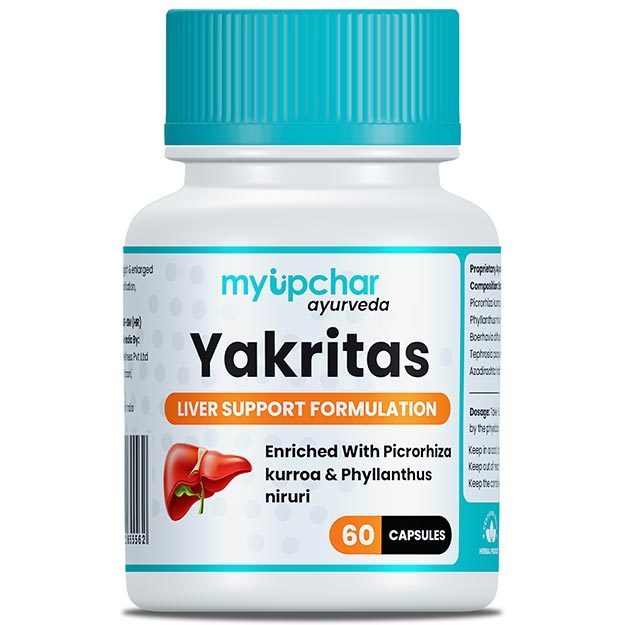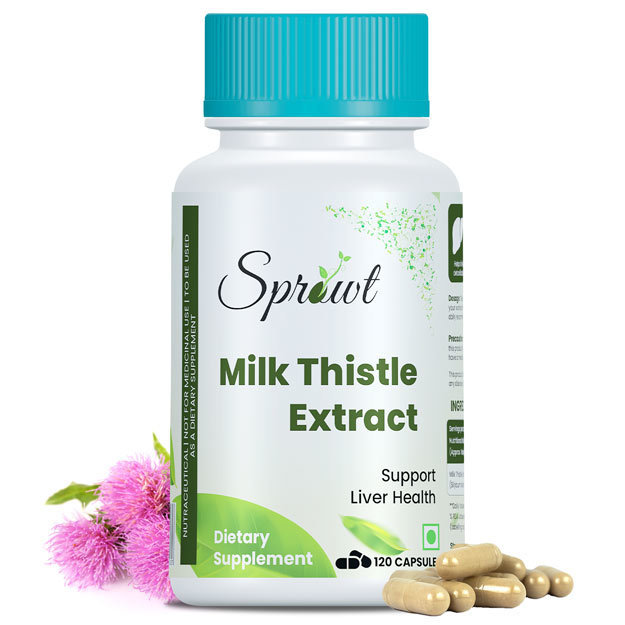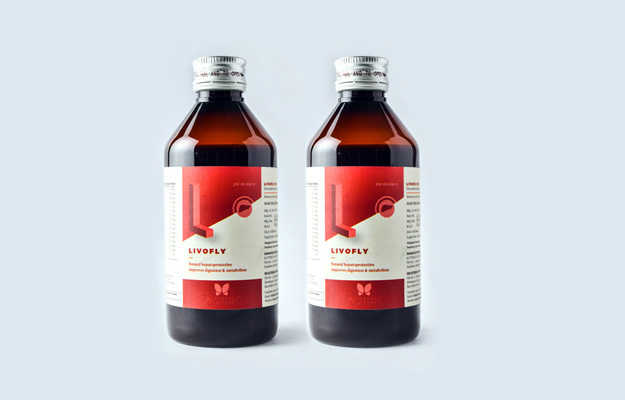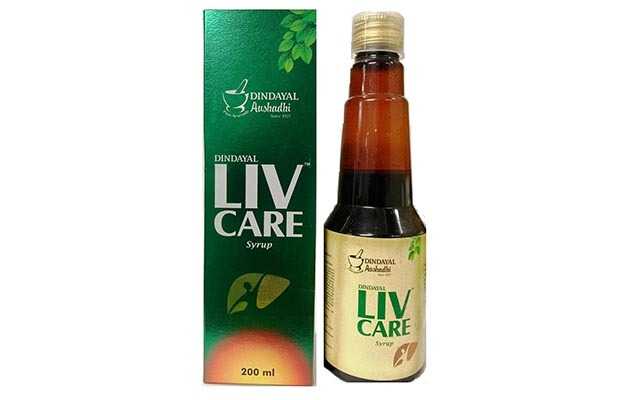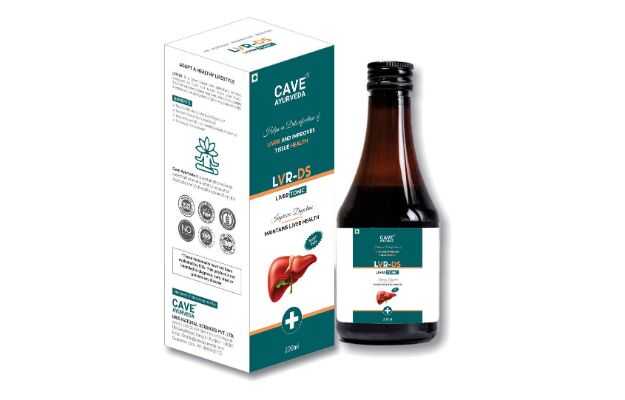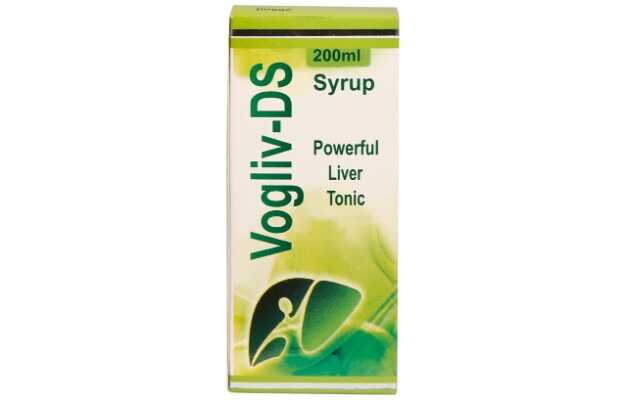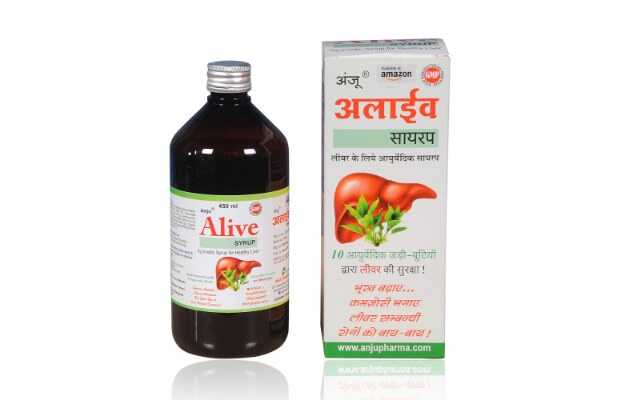Ingredients of Dabur Hepano
|
Giloy
|
-
Drugs or medications that improve the process of digestion and food absorption.
-
A substance or drug which is beneficial in protecting the normal functioning of liver.
|
|
Neem
|
-
Substances used to reduce the symptoms of fever, pain and swelling in an inflammatory response.
-
Substances that promotes liver function and prevent liver damage.
|
|
Bhumyamalaki
|
-
Agents that have a favourable effect on liver function and that mitigate liver damage.
-
Drugs that are used for managing excessive blood sugar levels in case of diabetes.
|
|
Chirata
|
-
Drugs that improve liver function and protect it from infections
|
Dabur Hepano Benefits
Dabur Hepano is used to treat the following -
Dabur Hepano Dosage
This is the usual dosage recommended in most common treatment cases. Please remember that every patient and their case is different, so the dosage can be different based on the disease, route of administration, patient's age and medical history.
| Age Group |
Dosage |
| Adult |
- General:
Use prescribed amount
- Before or After Meal:
After Meal
- Single Maximum Dose:
10
ml
- Dosage Form:
Syrup
- Dosage Route:
Oral
- Frequency:
BID (twice daily)
- Course Duration:
ongoing
|
| Geriatric |
- General:
Use prescribed amount
- Before or After Meal:
After Meal
- Single Maximum Dose:
10
ml
- Dosage Form:
Syrup
- Dosage Route:
Oral
- Frequency:
BID (twice daily)
- Course Duration:
ongoing
|
Dabur Hepano Side Effects
No side effects of Dabur Hepano have been reported in the medical literature. However, you should always consult your doctor before using Dabur Hepano.
Dabur Hepano Related Warnings
-
Is the use of Dabur Hepano safe for pregnant women?
Dabur Hepano is safe for pregnant women.
Safe
-
Is the use of Dabur Hepano safe during breastfeeding?
Dabur Hepano is completely safe for breastfeeding women.
Safe

-
What is the effect of Dabur Hepano on the stomach?
There are no side effects of Dabur Hepano for the stomach.
Safe

-
Is the use of Dabur Hepano safe for children?
It is not known what effect Dabur Hepano will have on children, because no research work has been carried out on this till date.
Unknown

-
Can I take Dabur Hepano with alcohol?
Due to lack of research, there is no information about the side effects of taking Dabur Hepano with alcohol.
Unknown
How to Take Dabur Hepano
You can take Dabur Hepano with following:
This medicine data has been created by -
Dr. Braj Bhushan Ojha BAMS, Gastroenterology, Dermatology, Psychiatry, Ayurveda, Sexology, Diabetology
10 Years of Experience






